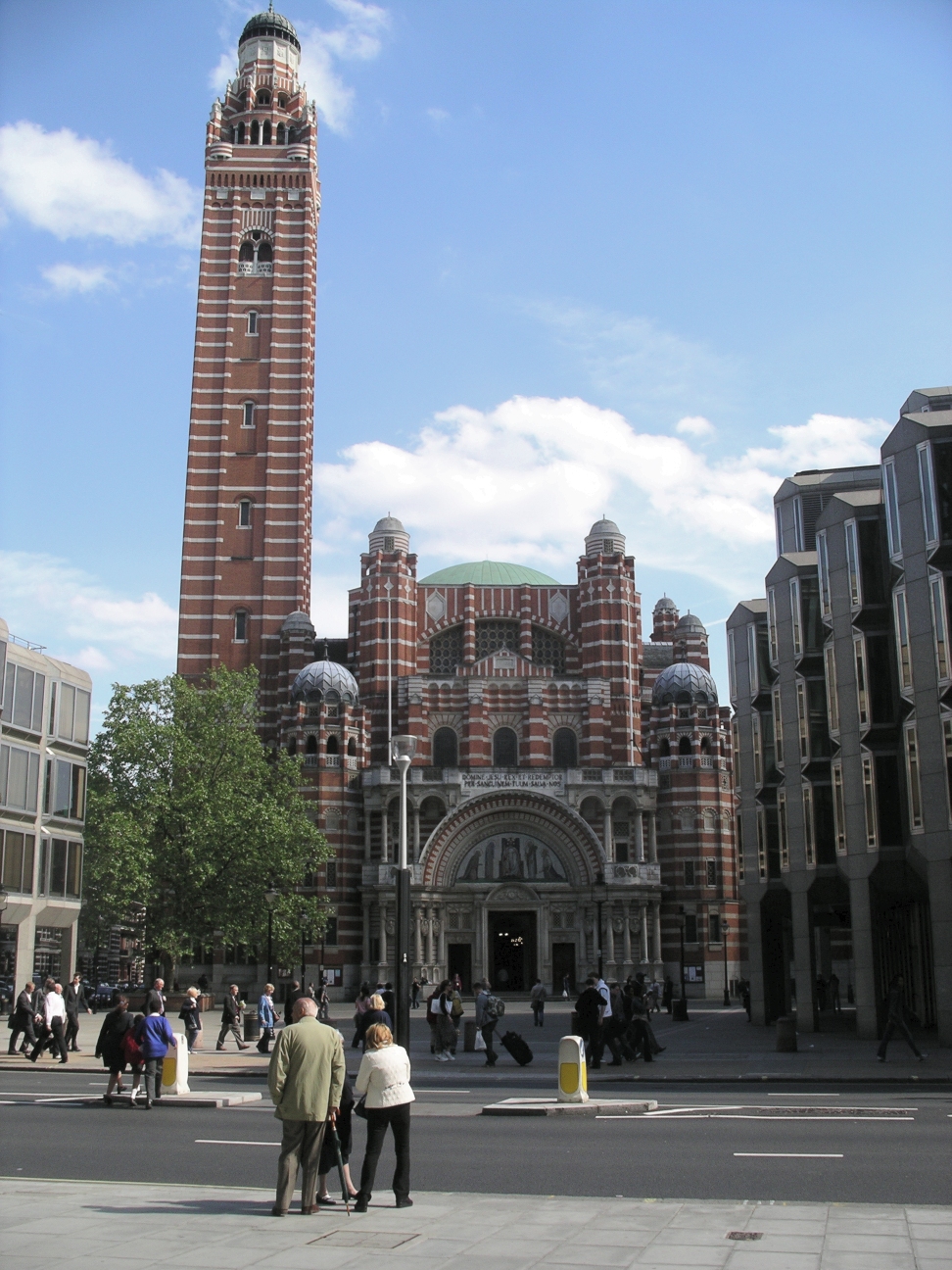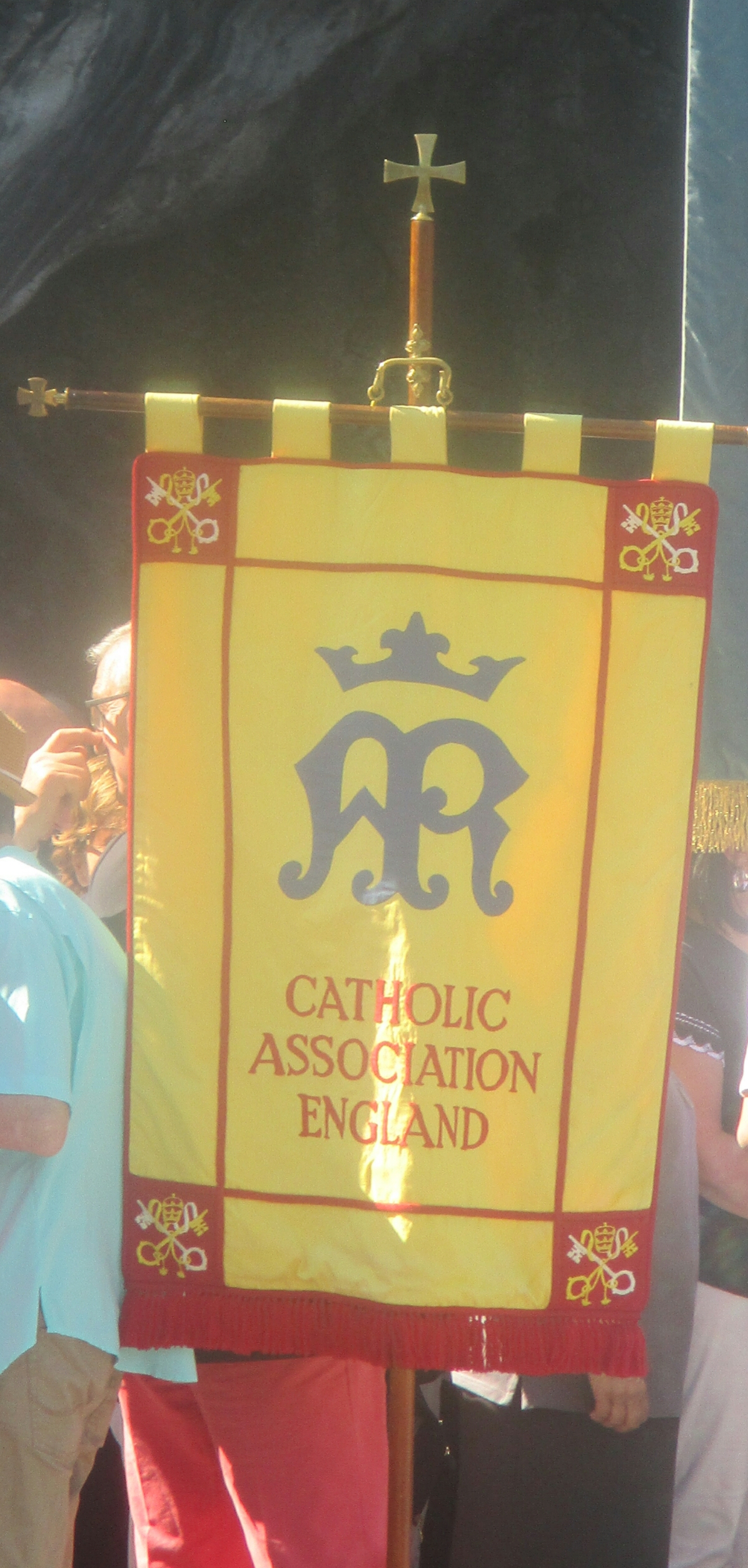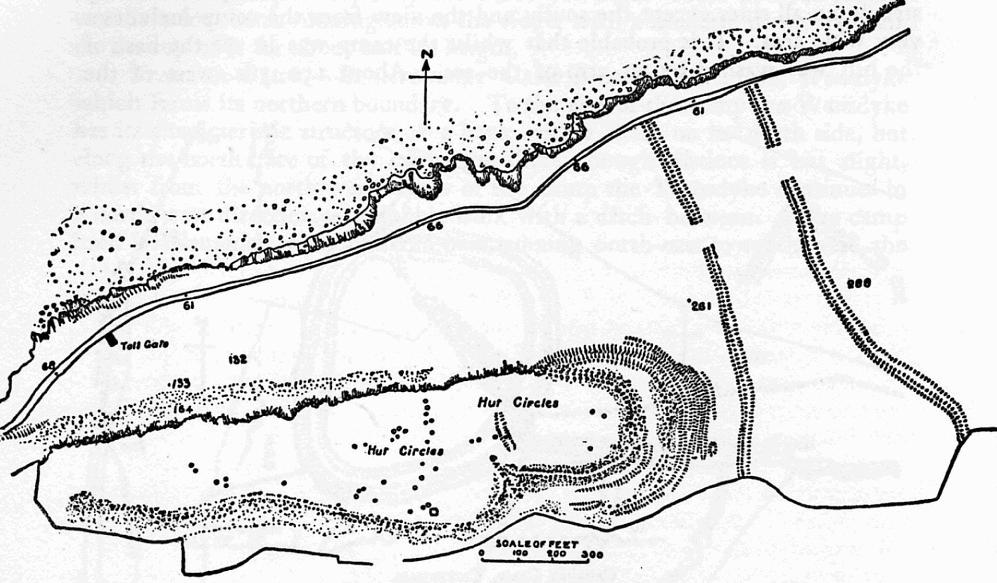|
Roman Catholic Diocese Of Clifton
The Roman Catholic Diocese of Clifton is a Roman Catholic diocese centred at the Cathedral Church of Saints Peter and Paul in Clifton, England. The diocese covers the City and County of Bristol and the ceremonial counties of Gloucestershire, Somerset, and Wiltshire, an area of . Thus it stretches from Stow on the Wold in the north to Minehead and Watchet in the South. The most north-westerly parishes are in the Forest of Dean, while Marlborough near Swindon is one of the most easterly. The City of Bristol, of which Clifton is a suburb, is the largest centre of population within the Diocese; Swindon is the next biggest. Other well-known cities and towns include Bath, Wells, Cheltenham, Gloucester, Salisbury, Taunton and Weston-super-Mare. The Clifton Diocese makes up part of the Catholic Association Pilgrimage. The diocese was erected in 1850; from then until 1911 it was in the ecclesiastical province of Westminster, and has been in the province of Birmingham since then. ... [...More Info...] [...Related Items...] OR: [Wikipedia] [Google] [Baidu] |
Province Of Birmingham
The Catholic dioceses in Great Britain are organised by two separate hierarchies: the Catholic Church in England and Wales, and the Catholic Church in Scotland. Within Great Britain, the Catholic Church of England and Wales has five provinces, subdivided into 22 dioceses, and the Catholic Church of Scotland has two provinces, subdivided into 8 dioceses. The Catholic dioceses in Northern Ireland are organised together with those in the Republic of Ireland, as the Church in Ireland was not divided when civil authority in Ireland was partitioned in the 1920s. A diocese, also known as a bishopric, is an administrative unit under the supervision of a bishop. The Diocese of Westminster is considered the mother church of English and Welsh Catholics, and although not formally a primate, the archbishop of Westminster is usually elected President of the Catholic Bishops' Conference of England and Wales providing a degree of a formal direction for the other English bishops and archb ... [...More Info...] [...Related Items...] OR: [Wikipedia] [Google] [Baidu] |
Wells, Somerset
Wells () is a cathedral city and civil parish in the Mendip district of Somerset, located on the southern edge of the Mendip Hills, south-east of Weston-super-Mare, south-west of Bath and south of Bristol. Although the population recorded in the 2011 census was only 10,536, (increased to 12,000 by 2018) and with a built-up area of just , Wells has had city status since medieval times, because of the presence of Wells Cathedral. Often described as England's smallest city, it is actually second smallest to the City of London in area and population, but unlike London it is not part of a larger urban agglomeration. Wells takes its name from three wells dedicated to Saint Andrew, one in the market place and two within the grounds of the Bishop's Palace and cathedral. A small Roman settlement surrounded them, which grew in importance and size under the Anglo-Saxons when King Ine of Wessex founded a minster church there in 704. The community became a trading centre based on ... [...More Info...] [...Related Items...] OR: [Wikipedia] [Google] [Baidu] |
St Gregory's Church, Cheltenham
St Gregory the Great Church is a Roman Catholic Parish church in Cheltenham, Gloucestershire, England. It was founded in 1809 and rebuilt from 1854 to 1857. It is situated on the corner of St James' Square and Clarence Street. It was designed by Charles Hansom and is a Grade II* listed building. History Foundation In 1809, a chapel was built on the site of the present church. It was built with the guidance of its first priest, Fr Augustine Birdsall OSB from Douai Abbey. Construction In the spring of 1854, the monks from Douai Abbey were still serving the church when building work started on the church. The church was designed by Charles Hansom, brother of Joseph Hansom and father of Edward Joseph Hansom. He also designed Plymouth Cathedral and St Osburg's Church in Coventry. He designed it to be a Gothic Revival church. In May 1857, the chancel was completed and the church was opened. That year, work on the tower and spire had started, but was of course not complete. In ... [...More Info...] [...Related Items...] OR: [Wikipedia] [Google] [Baidu] |
St Mary On The Quay
St Mary on the Quay is a Roman Catholic Parish church in Bristol, England. It is situated on Colston Avenue, next to Colston Tower in the centre of the city. It is the oldest Roman Catholic church in Bristol; the first one built after the Reformation. it was formerly administered by the Society of Jesus and is currently served by the Divine Word Missionaries. It is a Grade II* listed building. History Foundation From the 1740s, Catholics in Bristol could pray in a private chapel, on St James Back (which was later renamed as Silver Street). The chapel's own records date from 1777. With the Catholic population of the city increasing, a new, larger place of worship had to be sought. In 1786, the Earl of Arundel paid for a new site on Trenchard Street for a chapel, which became St Joseph Chapel. Construction work on the new chapel began in March 1788. On 27 June 1790, it was opened and congregation moved to the new chapel. The St James Back chapel was sold off that year. [...More Info...] [...Related Items...] OR: [Wikipedia] [Google] [Baidu] |
Downside Abbey
Downside Abbey is a Benedictine monastery in England and the senior community of the English Benedictine Congregation. Until 2019, the community had close links with Downside School, for the education of children aged eleven to eighteen. Both the abbey and the school are at Stratton-on-the-Fosse, between Westfield and Shepton Mallet in Somerset, South West England. In 2020, the monastic community announced that it would move away from the present monastery and seek a new place to live. On 27 October 2021, the monastic community further announced that as part of their transition they would move in Spring of 2022 to the temporary accommodation of "Southgate House, in the grounds of Buckfast Abbey, Devon, where we will live as the Community of St Gregory the Great". As of 2020, the monastic community of Downside Abbey was home to fifteen monks. The Abbey Church of St Gregory the Great, begun in 1873 and unfinished, is a Grade I listed building. Sir Nikolaus Pevsner described its ... [...More Info...] [...Related Items...] OR: [Wikipedia] [Google] [Baidu] |
St John's Church, Bath
St. John the Evangelist Roman Catholic Church is located on the South Parade in the south-east section of Bath City Centre – the old Ham District where John Wood the Elder, the Georgian architect, had originally planned his gigantic "Forum". Architecture The decorative Gothic-styled spire dominates the city's skyline, which has irked some people such as noted architectural critic Nikolaus Pevsner who accuses the church of being "a demonstrative proof of how intensely the Gothicists hated the Georgians of Bath." Christopher Martin takes a more measured view in his work on English Catholic churches, commenting "the stately interior is a good reflection of mid-Victorian taste", and remarking on the colourful polished marble, the exquisite screen, the blazing and triumphant white tabernacle, the delicate communion rails, a series of references to St John, and the chapels, each with something to admire. The structure was designed and built between 1861-3 by Charles Francis Han ... [...More Info...] [...Related Items...] OR: [Wikipedia] [Google] [Baidu] |
Church Of Our Lady & St Alphege, Bath
The Church of Our Lady & St Alphege is a Roman Catholic church located in the Oldfield Park suburb of Bath, Somerset. The church was built between 1927 and 1929 to the designs of Sir Giles Gilbert Scott, the architect of Liverpool Cathedral. The church is modelled on the Early Christian basilica of Santa Maria in Cosmedin, Rome. It is a Grade II* listed building. The exterior is Romanesque, of Bath Stone rubble. A three-arched loggia with Byzantine columns and capitals surrounds it. The red roof tiles were imported from Lombardy. The full-height campanile intended by Scott was not built, due to fears over the strength of the foundations. The interior columns have capitals with figurative carvings by William Drinkwater Gough. Those on the columns on the north side depict scenes from the life of the Virgin Mary, those on the columns on the south, scenes from the life of St Alphege and those supporting the choir and organ loft on the west end show persons associated with ... [...More Info...] [...Related Items...] OR: [Wikipedia] [Google] [Baidu] |
Chapel-of-ease
A chapel of ease (or chapel-of-ease) is a church building other than the parish church, built within the bounds of a parish for the attendance of those who cannot reach the parish church conveniently. Often a chapel of ease is deliberately built as such, being more accessible to some parishioners than the main church. Such a chapel may exist, for example, when a parish covers several dispersed villages, or a central village together with its satellite hamlet or hamlets. In such a case the parish church will be in the main settlement, with one or more chapels of ease in the subordinate village(s) and/or hamlet(s). An example is the chapel belonging to All Hallows' Parish in Maryland, US; the chapel was built in Davidsonville from 1860 to 1865 because the parish's "Brick Church" in South River was too far away at distant. A more extreme example is the Chapel-of-Ease built in 1818 on St. David's Island in Bermuda to spare St. David's Islanders crossing St. George's Harbour to ... [...More Info...] [...Related Items...] OR: [Wikipedia] [Google] [Baidu] |
Province Of Birmingham
The Catholic dioceses in Great Britain are organised by two separate hierarchies: the Catholic Church in England and Wales, and the Catholic Church in Scotland. Within Great Britain, the Catholic Church of England and Wales has five provinces, subdivided into 22 dioceses, and the Catholic Church of Scotland has two provinces, subdivided into 8 dioceses. The Catholic dioceses in Northern Ireland are organised together with those in the Republic of Ireland, as the Church in Ireland was not divided when civil authority in Ireland was partitioned in the 1920s. A diocese, also known as a bishopric, is an administrative unit under the supervision of a bishop. The Diocese of Westminster is considered the mother church of English and Welsh Catholics, and although not formally a primate, the archbishop of Westminster is usually elected President of the Catholic Bishops' Conference of England and Wales providing a degree of a formal direction for the other English bishops and archb ... [...More Info...] [...Related Items...] OR: [Wikipedia] [Google] [Baidu] |
Catholic Association Pilgrimage
The 'Catholic Association'' of the UK, abbreviated to the CA, has been around in one form or another since 1881 and ran its first pilgrimage to Lourdes in 1901. Its objects are set out in the Memorandum and Articles but its main purpose is to mastermind the CA Annual Pilgrimage to Lourdes, currently incorporating the diocesan pilgrimages of Clifton Diocese, East Anglia Diocese, Northampton Diocese, Portsmouth Diocese, Southwark Archdiocese, and the Stonyhurst College Lourdes Pilgrimage and British Province of the Carmelites Pilgrimage. Each of these groups is overseen by a Diocesan Director. The entire Pilgrimage is coordinated by the Pilgrimage Director and the Pilgrimage Management Committee, and takes place at the end of August. The CA is a registered charity. History The Catholic Association was founded in 1891, with the approval and blessing of Cardinal Manning. Its original objects are stated in its Rules as being; It was particularly successful in the organization ... [...More Info...] [...Related Items...] OR: [Wikipedia] [Google] [Baidu] |
Weston-super-Mare
Weston-super-Mare, also known simply as Weston, is a seaside town in North Somerset, England. It lies by the Bristol Channel south-west of Bristol between Worlebury Hill and Bleadon Hill. It includes the suburbs of Mead Vale, Milton, Oldmixon, West Wick, Worlebury, Uphill and Worle. Its population at the 2011 census was 76,143. Since 1983, Weston has been twinned with Hildesheim in Germany. The local area has been occupied since the Iron Age. It was still a small village until the 19th century when it developed as a seaside resort. A railway station and two piers were built. In the second half of the 20th century it was connected to the M5 motorway but the number of people holidaying in the town declined and some local industries closed, although the number of day visitors has risen. Attractions include The Helicopter Museum, Weston Museum, and the Grand Pier. Cultural venues include The Playhouse, the Winter Gardens and the Blakehay Theatre. The Bristol Channel has a l ... [...More Info...] [...Related Items...] OR: [Wikipedia] [Google] [Baidu] |
Taunton
Taunton () is the county town of Somerset, England, with a 2011 population of 69,570. Its thousand-year history includes a 10th-century monastic foundation, Taunton Castle, which later became a priory. The Normans built a castle owned by the Bishops of Winchester. Parts of the inner ward house were turned into the Museum of Somerset and Somerset Military Museum. For the Second Cornish uprising of 1497, Perkin Warbeck brought an army of 6,000; most surrendered to Henry VII on 4 October 1497. On 20 June 1685 the Duke of Monmouth crowned himself King of England here in a rebellion, defeated at the Battle of Sedgemoor. Judge Jeffreys led the Bloody Assizes in the Castle's Great Hall. The Grand Western Canal reached Taunton in 1839 and the Bristol and Exeter Railway in 1842. Today it hosts Musgrove Park Hospital, Somerset County Cricket Club, is the base of 40 Commando, Royal Marines, and is home to the United Kingdom Hydrographic Office on Admiralty Way. The popular Taunton flow ... [...More Info...] [...Related Items...] OR: [Wikipedia] [Google] [Baidu] |
.jpg)









